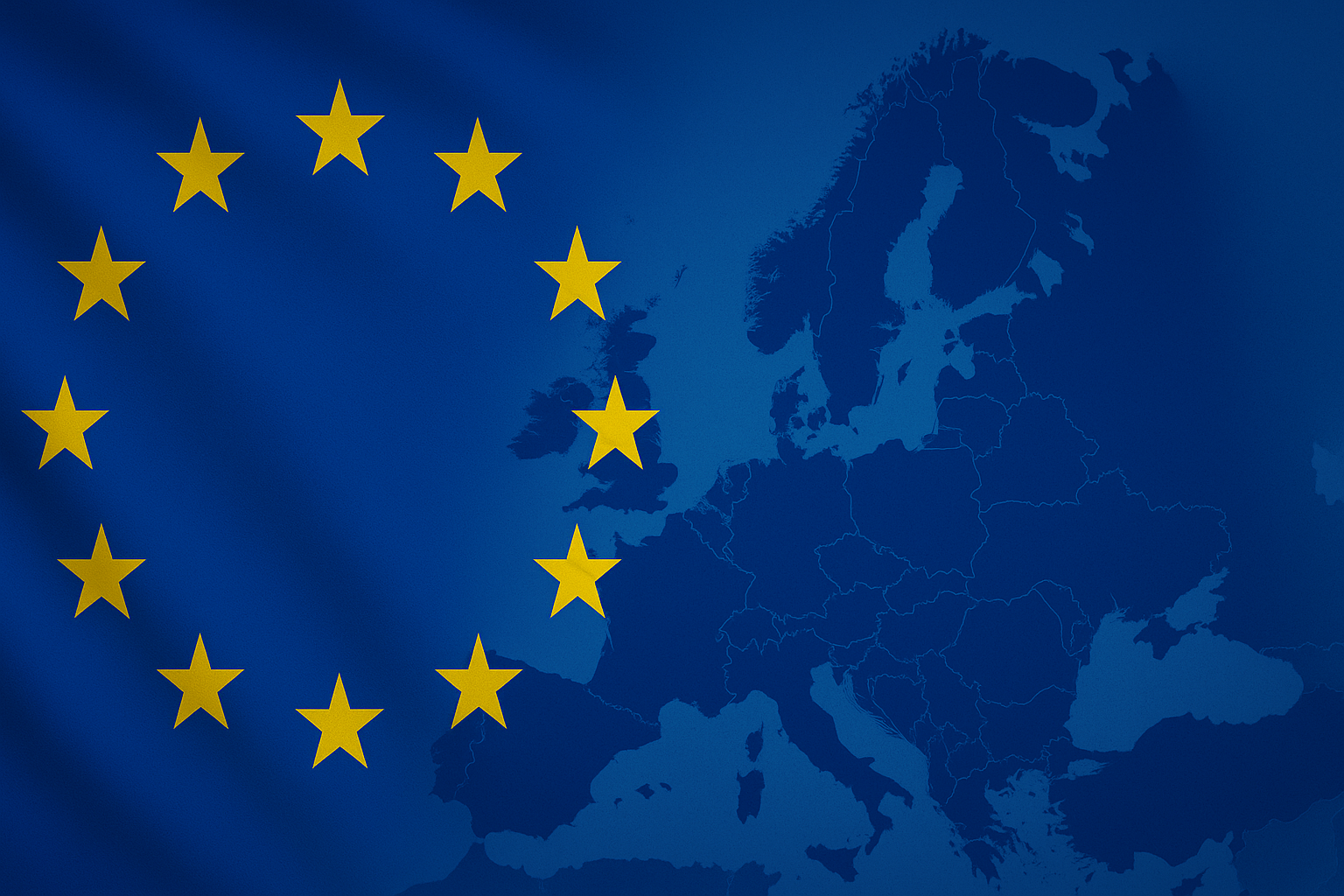Express kidnapping is an excellent example of criminal adaptation to stronger security measures. As digital banking has introduced improved controls, particularly through biometrics, the customer themselves has become more valuable to criminals. This shift is evident not only in express kidnapping, but also in tactics such as authorized push payment (APP) fraud and device theft, where offenders exploit the individual rather than the system.
If you're not familiar with the term express kidnapping, it's a short-term abduction, to force a victim to make ATM withdrawals, purchases, or irreversible push payments. The "express" refers to the speed: Criminals don't hold the victim for long. It's a crime that can turn an everyday errand into a few hours of fear and significant financial loss.
Let’s explore current regional trends in express kidnapping and see how its impact is unfolding in different parts of the world.
South Africa: A surge
Kidnappings in South Africa have soared by more than 260% over the last decade, with more than 17,000 reported between 2023 and 2024, according to police statistics. Gauteng, which contains Johannesburg and Tshwane (Pretoria), leads the pack, with more than 50% of cases occurring in the highly urbanized province.
In Gauteng, 80% of hijack-linked kidnappings follow the express method, with kidnappers holding their victims until the money runs out or banks block access to the victim's accounts. Kidnappers often capture victims by impersonating police officers and using vehicles disguised as police cars. Staff at car rental and travel firms may also collaborate with the criminal gangs in return for a share of the proceeds.
While Banks are not obliged to reimburse victims of express kidnapping, they may do so on a goodwill basis. However, in a situation where the Ombudsman for Banking Services (OBS) identifies failed fraud controls or negligence, the bank may be required to reimburse the customer.
Latin America: Virtual and express kidnappings
Latin America is also no stranger to kidnapping, express or otherwise.
Let's examine some examples from Brazil. In April 2025, kidnappers reportedly intercepted a social media influencer and her husband as they drove home, holding them in a wooded area. The couple secured their release after making a large payment under duress.
Brazil has also seen what's sometimes referred to as "app-enabled" kidnappings, in which criminals force victims to drain their accounts through ATM withdrawals and bank transfers. Offenders often add to the damage by attempting to leverage victims' stolen identity documents to open fraudulent digital accounts.
Elsewhere in Latin America, incidents often follow a more traditional modus operandi, but also demonstrate criminals' willingness to adopt technology. In Códoba, Argentina, criminals reportedly cloned a man's voice to convince his parents he'd been kidnapped, successfully extorting money. This tactic gained traction across Latin America in the first quarter of 2025.
Kidnapping remains a significant source of income for organized criminal groups, some of which operate beyond their home territory. Venezuela's Tren de Aragua gang conducts extortion and kidnap-for-ransom schemes in multiple countries.
What is driving the rise in express kidnappings?
The three key drivers of the observed increase in this type of fraud/crime are technology, risk versus reward, and economic disparity.
Banks' strengthened controls to prevent account takeover fraud have prompted criminals to focus on manipulating customers. In many countries, they are turning to AI tools that legitimate businesses use, such as generative AI for creating or cloning images, videos, and audio, and agentic AI to automate scam campaigns. Where such technology is less accessible, tactics like express kidnapping remain more common.
Then there's the risk versus reward factor. Policing is typically under-resourced, with officers often lacking the skills to investigate crimes with a digital component. From the criminal's perspective, a lack of policing has emboldened them. The risks associated with express kidnapping are tolerable against the potential rewards.
Finally, there's the issue of economic strain. In many places where express kidnapping is on the rise, deep economic inequality plays a role. Poverty creates a steady supply of willing recruits, with unemployment and inflation drawing more people into criminality as a means of survival.
Solutions and mitigation strategies
Unsurprisingly, apart from two exceptions, solving express kidnappings requires addressing the conditions that fuel them.
Kidnappings are rare events for most bank customers, which means they tend to create behavioral anomalies. Tools to indicate duress, such as a panic code for the mobile app, offer some potential, but this relies on customers remembering to use it during a traumatic experience.
Behavioral patterns, on the other hand, are more reliable. We've already seen models built to detect device snatching. While these models rely on sudden events, express kidnapping is likely to be detected over an extended period. Building models that examine velocity, cumulative value, and an unusual mix of channels (ATMs, instant payments, cards) will likely help detect red flags while keeping false positives low.
Reducing the potential reward also helps. Brazil's night-time payment limits through PIX are a strong example of how payment systems can reduce criminal incentives without disrupting the customer experience. When express kidnappings are identified promptly, this also creates opportunities through solutions like BioCatch Trust™, our intelligence-sharing network. Trust can alert banks in real-time when they receive payments linked to an express kidnapping, allowing them to freeze the suspect's account and potentially disrupt the crime as it unfolds.
Law enforcement plays a critical role in increasing the perceived risk for offenders, and success requires rapid resource deployment and strong public-private partnerships.
Banks and mobile networks are crucial sources of intelligence for law enforcement. Without rapid data access, tracking suspects and assisting victims is much harder.
Even if banks can spot behavioral indicators of a kidnapping, those insights are only helpful if they can quickly and effectively engage with law enforcement through established protocols.
The exceptions
Inequality is, for the most part, outside the direct control of banks. However, they do play a role by improving access to credit and banking services as part of the broader governmental response.
Equally, while individual financial institutions can warn their customers about the risks of express kidnappings, the severity of the issue likely demands a national public education campaign led by the government.
A persistent threat, and a shared challenge
Express kidnapping is likely to persist without substantial economic change. Its future depends on the actions of individuals, financial institutions, and law enforcement working together.
Individuals need to be aware of the risks, remain vigilant, vary their routines, plan for worst-case scenarios, and use ride-share and car rental services with caution.
Banks can support their customers by offering tools and controls that reduce the financial rewards for kidnappers. They can also explore ways to play a part in identifying such events and alert law enforcement where appropriate. Inevitably, this must be balanced against the risk to life, presenting banks with an ethical and operational challenge.
Law enforcement, in turn, must build closer partnerships with banks and telecommunications companies, both of which will hold crucial real-time intelligence. Governments also need to ensure that law enforcement has the resources to respond to alerts from private partners with the appropriate level of urgency.
Building coordinated resilience among institutions, communities, and individuals is essential. By sharing responsibility, we can reduce the threat of express kidnapping and protect lives, finances, and public trust.



